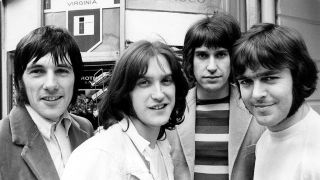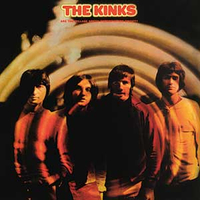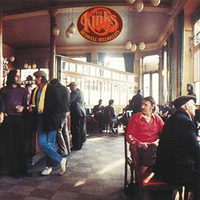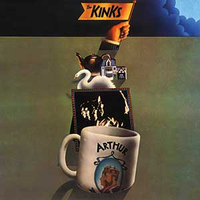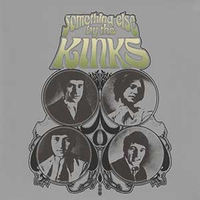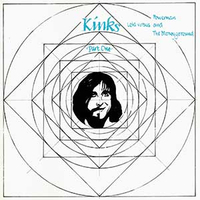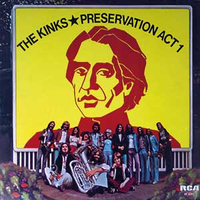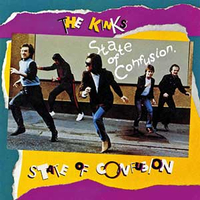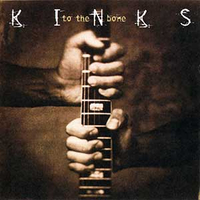You Really Got Me was Britain’s Tutti Frutti, a brutal thunderbolt of teenage lust that explosively changed the game. Ray Davies was the singer-songwriter of The Kinks’ first hit, but it was kid brother Dave Davies who created its fuzzed-up guitar sound by slashing his amp’s speaker with a razor in hooligan frustration, to finally express his adolescent rage.
Thereby inventing hard rock, Hendrix was among those who listened in awe, and later asked Dave how he did it. Subsequent tracks such as All Day And All Of The Night and Who’ll Be The Next In Line were templates for The Who and US garage rock, while a sequence of innovative singles stretched from See My Friends’ use of sitar-like sounds to Lola’s sly gender-play in 1970, which rode in on a last great riff to predict the new decade’s glam themes, and surely influence the same year’s Layla.
In between, A Well Respected Man introduced local subject-matter and literate satire to British pop, Waterloo Sunset was a dream-like hymn for lonely Londoners, and Sunny Afternoon soundtracked England’s World Cup win. The Beatles or the Stones? For many misfit listeners, the answer was always The Kinks. Pete Townshend for one rates them above even The Who.
Dead End Street meanwhile smuggled scenes of grinding poverty into the Swinging Sixties chart, to the particular delight of fellow working-class listeners, and many future punks. “The Kinks were a major influence on The Clash,” Paul Simonon says. “Their lyrics and subject matter were an important template for us as a band.”
The Kinks were always punk in spirit: while the Stones gained bad boy press for discretely pissing on garage walls, Dave was almost decapitated during an onstage ruck, and The Kinks became the sole British Invaders to be banned by America, partly due to consistent bolshiness.
Frustrated at the lack of attention given to now-classic albums such as The Kinks Are The Village Green Preservation Society, Ray turned his back on singles in the 70s, instead writing sometimes lumbering concept albums still studded with fine songs.
Cussedly climbing back to the top in the States, where they became the 80s’ least likely arena-rockers, The Kinks finally fell apart in 1996. They have several legacies: violent sonic innovation and achingly personal emotion, powered by the unbowed, extreme individuality of two tempestuous North London brothers.

